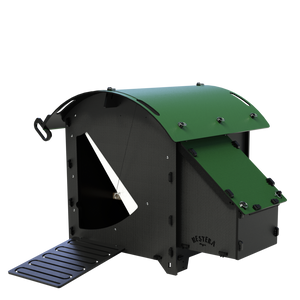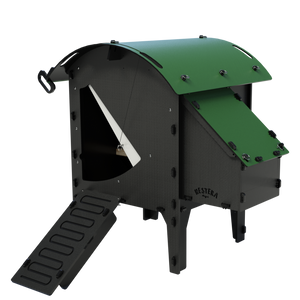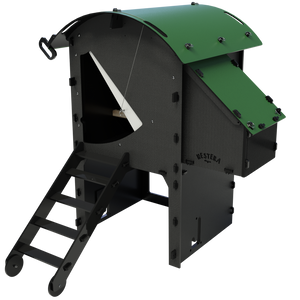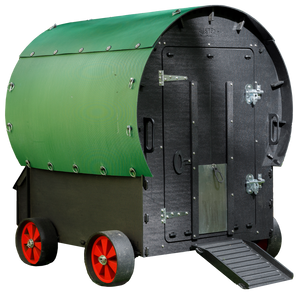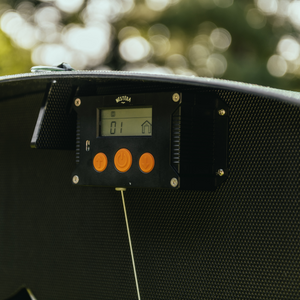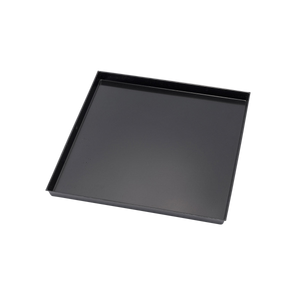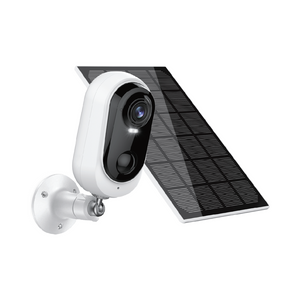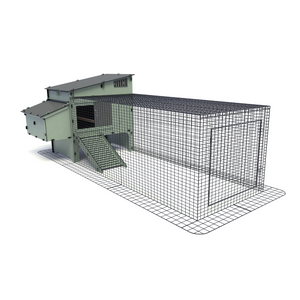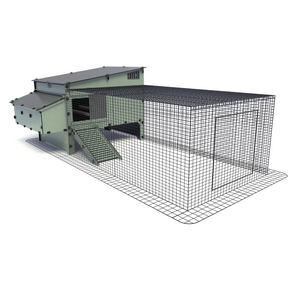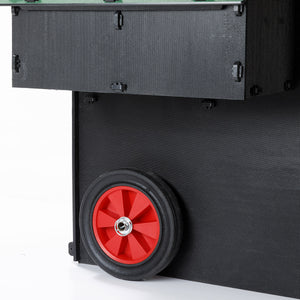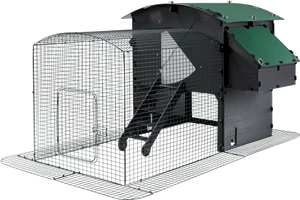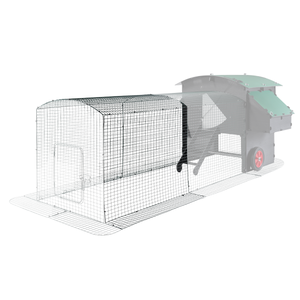Lighting in a chicken coop serves two main purposes: improving visibility for keepers and influencing egg production. While artificial lighting can boost laying rates, its use is a debated topic among chicken keepers. Should you add light to your coop? Let's explore the pros and cons.
Understanding Chickens’ Natural Rhythms
Chickens have evolved to follow natural light cycles. Most breeds will lay through their first winter, but after their first molt—typically in their second autumn—they pause laying until early spring. Molting requires significant energy, and hens need time to replenish their reserves before resuming egg production.
As daylight hours decrease in autumn, chickens instinctively stop laying. Their energy shifts toward growing new feathers to stay warm during winter. Historically, eggs were not available year-round, and people preserved them for a steady supply. This natural cycle aligns with a hen’s biological needs, ensuring long-term health.
Artificial Lighting and Egg Production
In commercial settings, artificial lighting is standard practice. It extends daylight hours, tricking hens into continuous egg production. While this maximises productivity, it comes at a cost: hens don’t get the necessary resting period to restore their internal nutrient stores, potentially shortening their lifespan.

In backyard flocks, lighting preferences vary. Some keepers never use artificial light, while others rely on it to maintain egg supply. Specialist breeders may use timed lighting to increase production at specific times of the year.
The Ethical and Welfare Considerations
From a welfare standpoint, artificial lighting isn’t ideal for chickens. Modern laying breeds already produce more eggs than their wild ancestors, making them more susceptible to reproductive issues like egg binding. Preventing seasonal rest may further strain their health.

However, chicken welfare isn’t solely about lighting. Many factors—such as diet, space, fencing, and veterinary care—play crucial roles in their well-being. Every chicken keeper makes decisions that affect their flock’s quality of life.
Cultural Views on Chickens
Attitudes toward chickens vary widely. Some keepers view them as beloved pets, while others see them primarily as egg producers. It’s common for people to name their hens while also consuming chicken meat—a contrast shaped by cultural norms and upbringing.

Understanding these perspectives can help keepers make informed choices about lighting and overall care. Ultimately, the decision to use artificial lighting depends on personal priorities and values.
Should You Add Light to Your Coop?
There’s no one-size-fits-all answer. If you prioritize year-round eggs, artificial lighting can help. If you prefer to follow nature’s rhythm, letting hens rest during winter may be the best choice for their long-term health.
No matter what you decide, ensuring a safe, comfortable, and well-managed environment is key to happy, healthy chickens.

